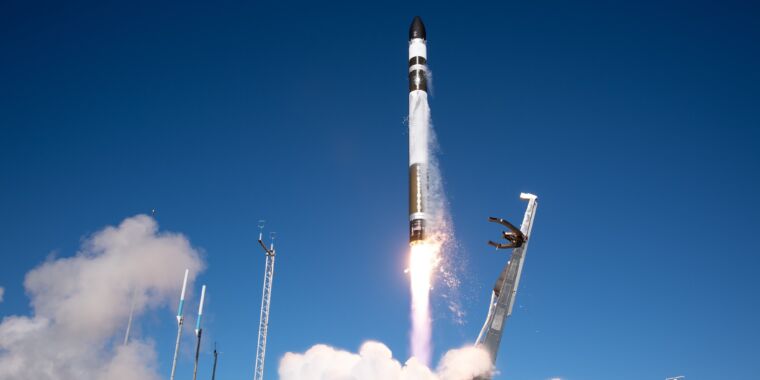“… with the re-flight of this engine, … the industry’s adoption of reusable rockets is accelerating. Whereas SpaceX was the anomaly in 2015 when it first landed an orbital booster and then flew a first stage for the second time in 2017, the company is now not alone.”
This is the best summary I could come up with:
In terms of orbital rockets, only NASA’s space shuttle and SpaceX’s Falcon 9 vehicles have demonstrated the capability of re-flying an engine.
Shortly after the Electron mission, which launched a satellite for Capella Space on Thursday morning from New Zealand, Rocket Lab chief executive Peter Beck confirmed that the Rutherford engine performed well in its second flight.
Finally, the company has decided the most workable method was to splash the Electron first stage into the ocean and then quickly recover the vehicle to prevent saltwater intrusion.
Beck told Ars that the company is learning what it can from Electron as it designs and develops a larger orbital rocket, named Neutron.
This medium-lift vehicle is intended to compete with SpaceX’s Falcon 9 rocket and will have the capability to land both back at the launch site and upon a drone ship down range.
“In a utopian state, you would always return to the launch site because you don’t have the challenge of landing on a barge or the transit time back,” Beck told Ars earlier this month.
The original article contains 628 words, the summary contains 176 words. Saved 72%. I’m a bot and I’m open source!



